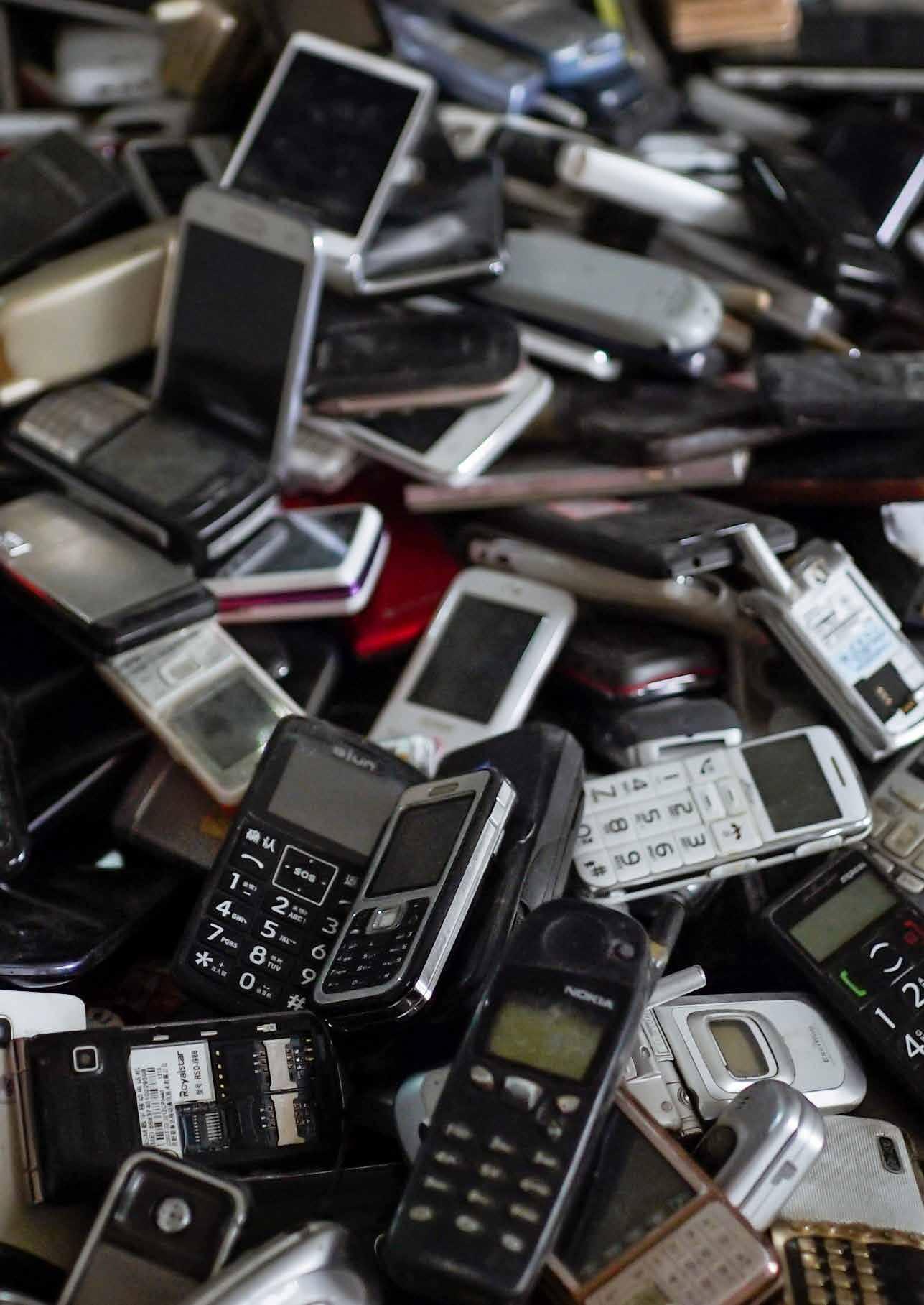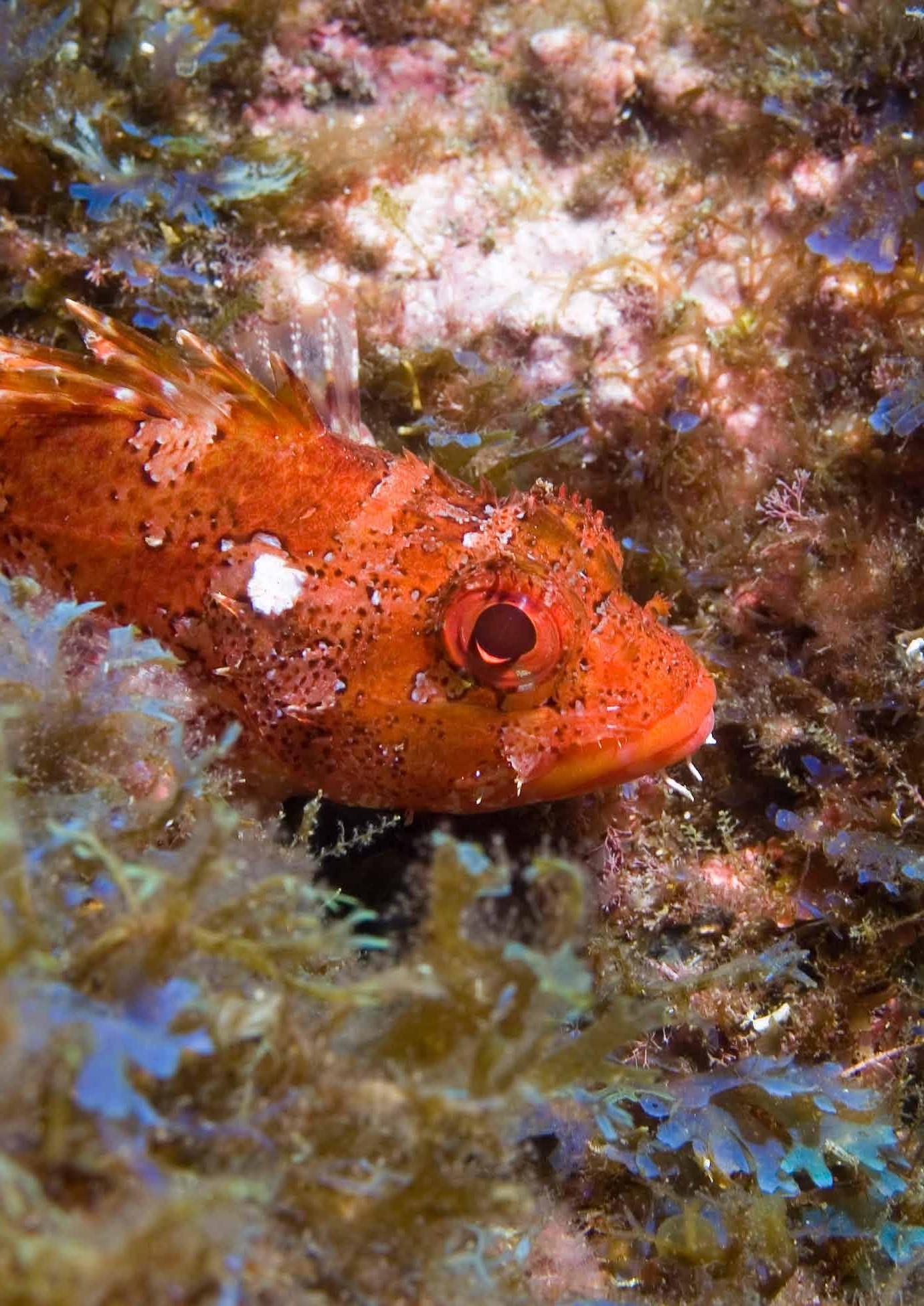LACK OF ADEQUATE PROTECTION FROM THE ISA Deep sea mining in the global ocean is regulated by the International Seabed Authority (ISA), a UN body. However, key gaps in the ISA’s mandate and structure, and its failures in practice to adequately protect unique and important marine biodiversity, demonstrate that the status quo of ocean governance is not capable of protecting the oceans for future generations.
Gaps in governance The ISA has no mandate to protect deep sea environments from cumulative stresses – whether from other industrial pressures, such as bottom trawling, or from crosscutting threats associated with climate change and plastic pollution, evidence of which has been found even in the deepest ocean trench.112 It also has no capacity to protect marine life in the rest of the water column, which could be threatened from toxic plumes, noise and light pollution as a result of deep sea mining. Activities impacting the seabed cannot be responsibly managed without consideration of the overlying waters or of other stressors such as ocean acidification, climate change and pollution.113 Right now, in the absence of a Global Ocean Treaty, only around 1% of international waters are properly protected from multiple industrial activities through ocean sanctuaries.114
Patchy protection The ISA does place areas off limits to mining, designating Areas of Particular Environmental Interest (APEIs) surrounding a mining site. However, the majority of the APEIs in the Clarion-Clipperton Fracture Zone (CCFZ) were finally designated in areas that “avoid conflict with exploration contracts” rather than in the zones originally recommended by scientists for marine conservation.115 This history, and the granting of multiple exploration contracts in areas of high biodiversity, casts considerable doubt that the ISA will place a fully representative system of ecologically coherent areas off-limits to mining across the global oceans.116 Moreover, scientists have raised concerns over the lack of knowledge about how effective these no-mining areas will be in conserving marine life. Professor Mills from the University of Southampton told British MPs “[w]e do not know whether they are big enough to be useful for recolonisation of the potentially mined sites, and we do not even know what timeframe those ecosystems are reproducing on. We do not even know what role the half substrate of the manganese nodules holds for the life cycle of those organisms living near the seafloor. There are so many unknowns that to start this process not knowing how big, how interconnected, and how long do you need to do this for would be very dangerous.” 117 The high levels of unique species at some of the seafloor ecosystems being eyed up for future mining also raises the question: is representative protection even possible for endemic species found nowhere else in the oceans?
Right: APEIs designated in the Clarion-Clipperton Fracture Zone © ISA 2018
Left: Bird's eye view of the International Seabed Authority 24th Council, March 6 2018 © Francis Dejon, IISD/ENB
Lack of adequate protection from the isa
21






